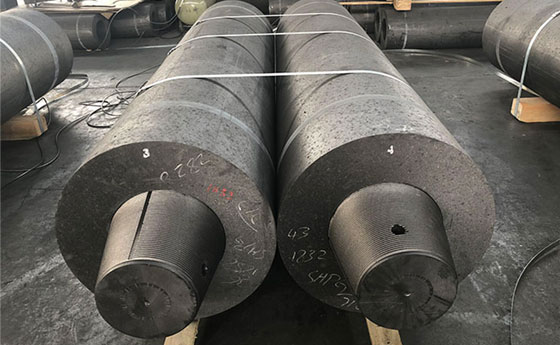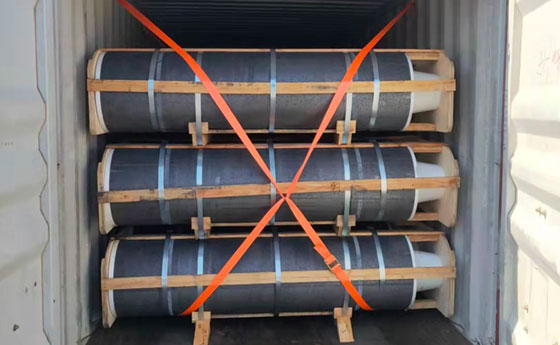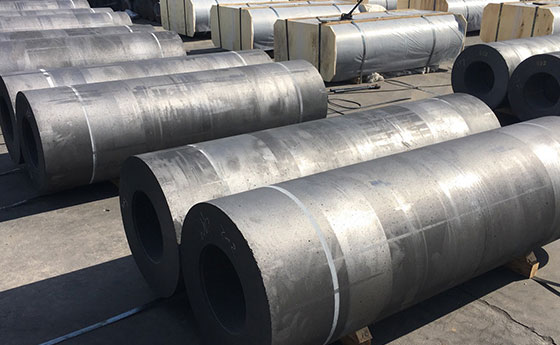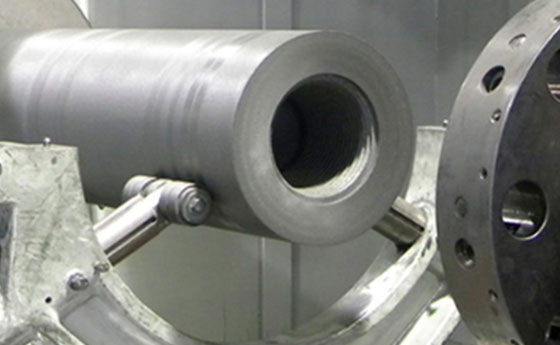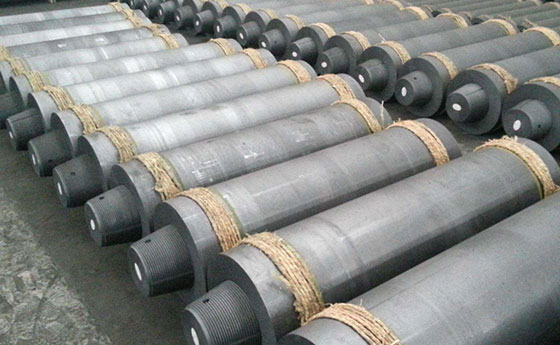As we all know, graphite has high quality characteristics that other metal materials can not replace. As the preferred material, graphite electrode materials often have many confusing characteristics in the actual selection of materials. There are many bases for choosing graphite electrode materials, but there are four main criteria:
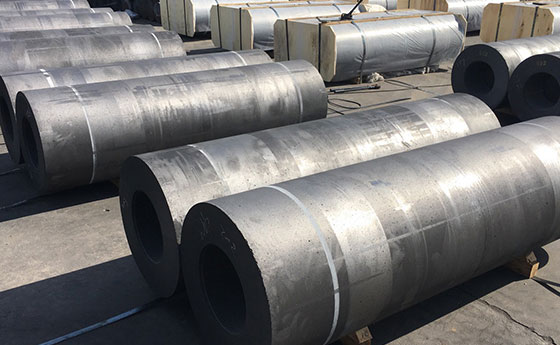
For materials with the same average particle size, the strength and hardness of materials with low resistivity are also slightly lower than those with high resistivity. That is to say, the discharge speed and loss will be different. Therefore, the intrinsic resistivity of graphite electrode material is very important for practical application. The selection of electrode materials is directly related to the effect of discharge. To a large extent, the selection of materials determines the final conditions of discharge speed, machining accuracy and surface roughness.
In the special graphite industry, the general hardness testing standard is the Shore hardness testing method, whose testing principle is different from that of metal. Although in our subconscious understanding of graphite, it is generally considered to be a soft material. But the actual test data and application show that the hardness of graphite is higher than that of metal materials. Because of the layered structure of graphite, it has excellent cutting performance in the cutting process. The cutting force is only about 1/3 of the copper material, and the machined surface is easy to handle.
However, due to its high hardness, the tool wear will be slightly greater than that of metal cutting tools in cutting. At the same time, the material with high hardness has excellent control of discharge loss. Therefore, the Shore hardness of graphite electrode material is also one of the selection criteria of graphite electrode material.
